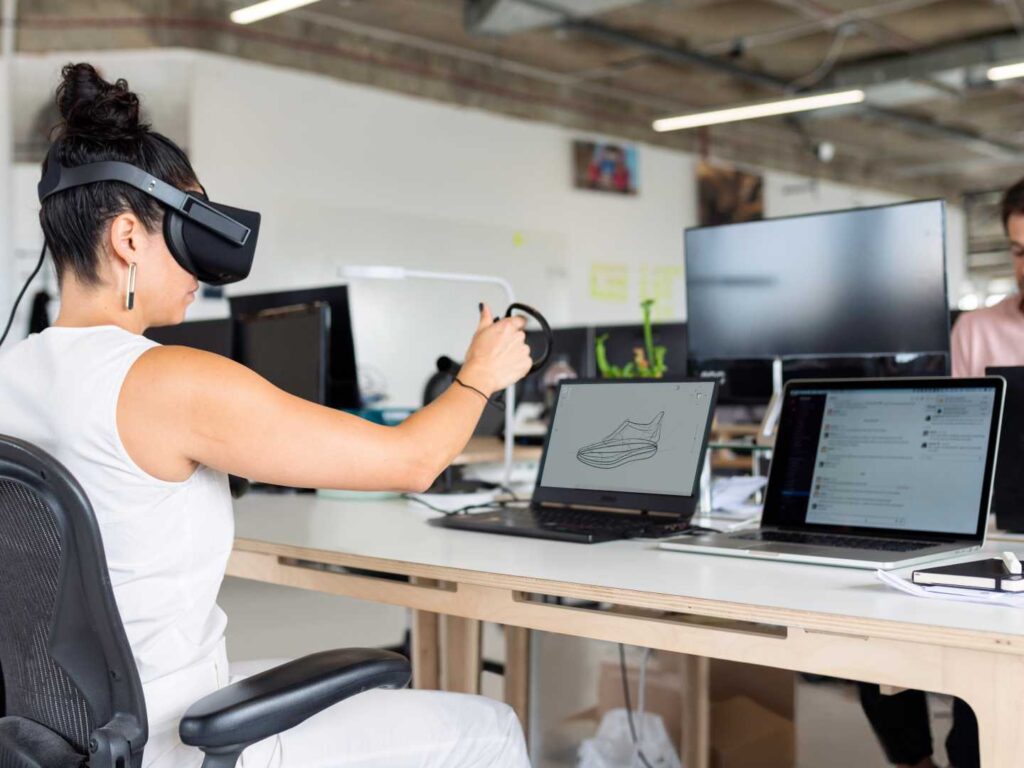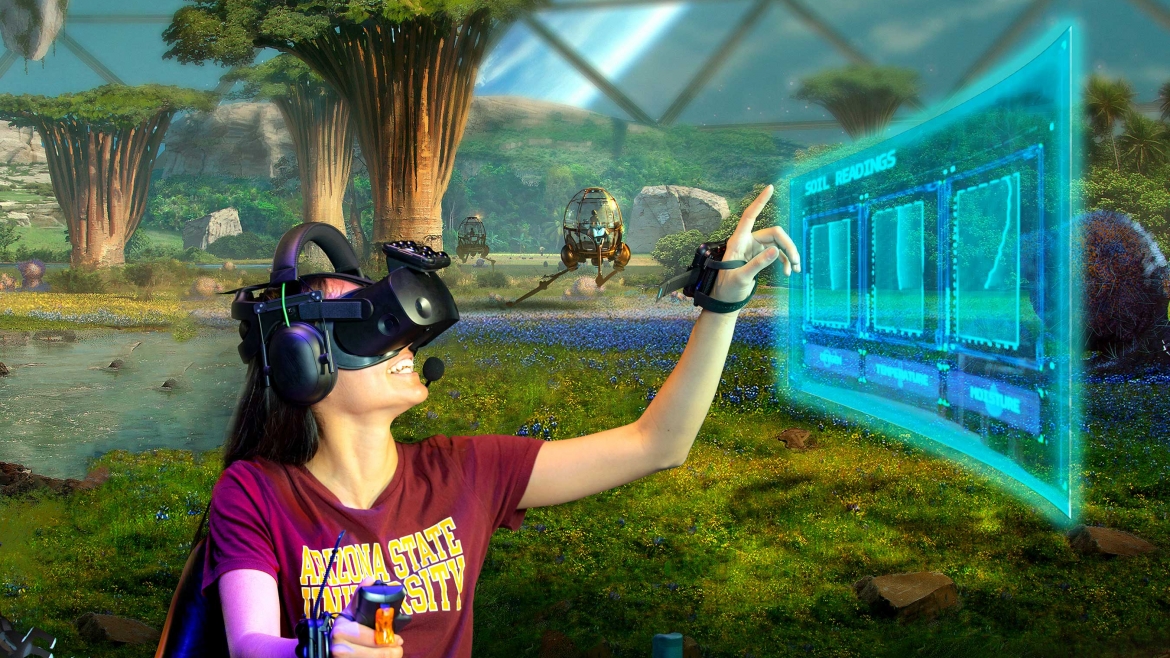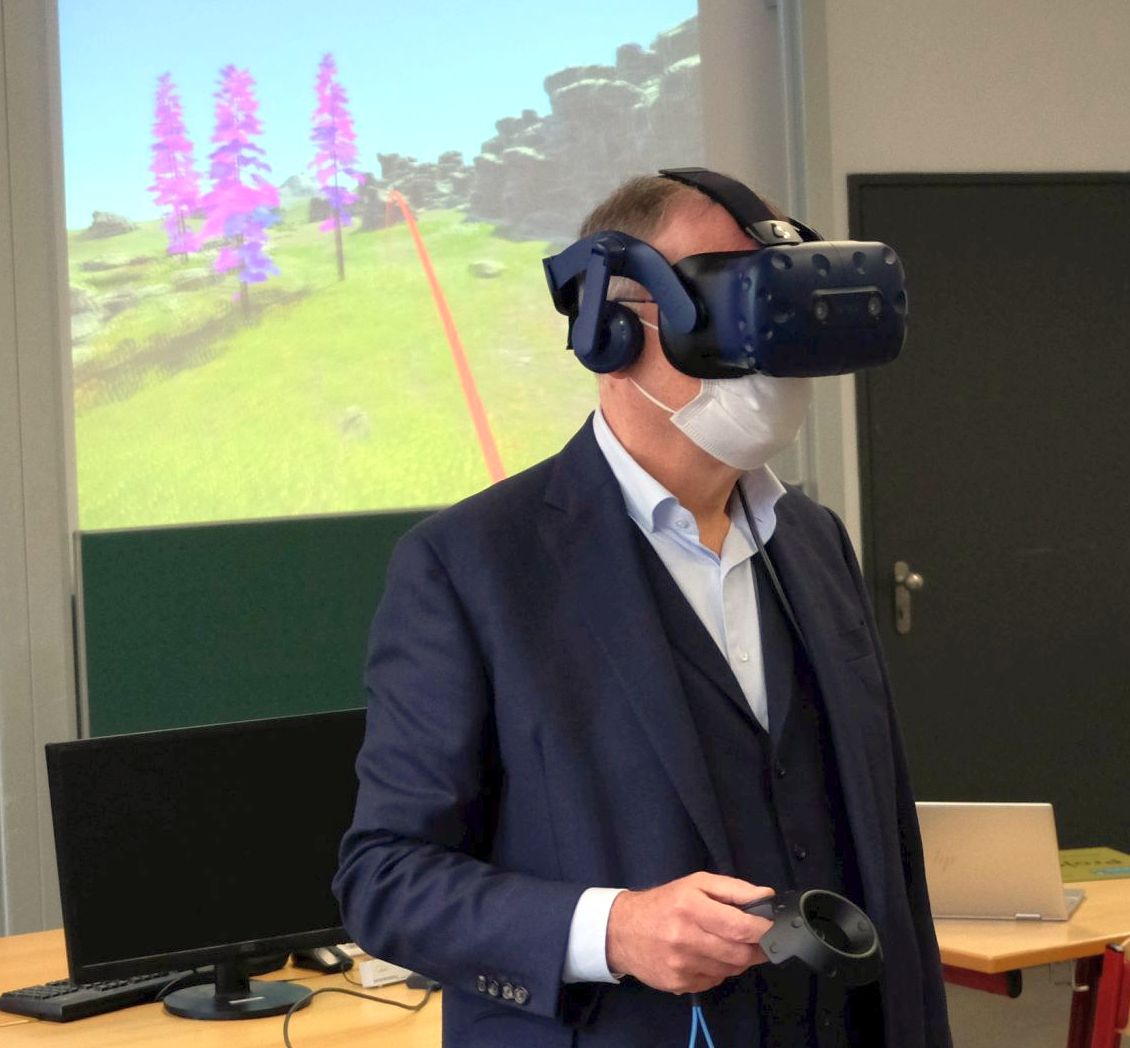If 2020 taught the learning and development (L&D) industry anything, it’s that training must be adaptive while maintaining high levels of engagement. Organizations are increasingly recognizing that virtual reality (VR) meets just that need. It’s popular among consumers; even before the pandemic, market researchers estimated that 52.1 million people would use VR at least once per month in 2020.
Virtual reality is a valuable training tool that can enhance existing learning content through a blended approach. In adopting this technology, organizations can experience the benefits that come with its use, including increased interactivity, higher retention rates and greater scalability at lower costs. Now that VR has established itself as a valuable tool for a range of learning applications, it is worth considering how it can add value to yours.
The Benefits of Using VR in Blended Learning
Blended learning is a training approach that includes multiple learning modalities. VR is one of the most useful technologies to support blended learning, as it enables fully immersive experiences. It’s no wonder, then, that L&D professionals across different industries, including the retail, automotive and warehousing industries, are investing in VR training.
By combining traditional learning modalities with VR experiences, organizations can leverage the benefits of VR technology, including:
- Hands-on learning reinforcement.
- Skills practice through interactive experiences in a safe learning environment.
- Consistent scaling across locations to reach distributed and remote employees.
- Access to a unique set of metrics, including usage data, progression through the learner’s journey and body movements.
Two Examples
Blended Learning for Leadership Training
One organization in the finance industry recognized the need for a comprehensive, scalable and interactive leadership program. The company implemented a new program that taught learners the standard for leadership behavior at the organization through a blended learning program that used virtual instructor-led training (VILT) and 360-degree VR, as well as pre- and post-session activities:
- VILT: Learners completed an eight-week program with 90-minute sessions that used virtual platform functionalities such as break-out rooms for small group discussions. Completed from remote locations, these sessions involved conversations that evoked critical thinking and reflection regarding the 360-degree VR activity.
- Pre- and post-session activities: Participants completed a variety of activities to enhance their VILT sessions, including reading articles, watching videos and writing in virtual journals.
- 360-degree VR: The 360-degree VR experience enabled learners to navigate realistic scenarios, practice making decisions and receive feedback based on those decisions.
Blended Learning for Warehouse Operations Training
Another way to use blended learning is for operations training. For example, an organization in the warehousing industry introduced its associates to packing, shipping and receiving processes through a blended program that combined VILT, VR and final discussion forum.
- VILT: Through videoconferencing, a one-day VILT session introduced learners to the organization’s policies, best practices, key personnel and other essential information about the company.
- Full VR: Learners completed a VR activity that transported them to a simulated warehouse setting with all the sights and sounds they would experience in real life. In this scenario, they practiced processes such as packing pallets, stacking boxes and pressing the correct buttons.
- Discussion forum: To conclude the program, learners completed review assignments on a discussion forum that reinforced key concepts and encouraged reflection on what they learned.
Transform Corporate Training With Blended Learning
Blended learning is an all-encompassing approach that can transform training by engaging learners through a variety of learning modalities. As organizations continue to react to changes in the L&D field, a blended learning program that includes VR can be a highly effective way to optimize training outcomes. A blended learning program that includes VR can be a highly effective way to optimize training outcomes.
Quelle:




